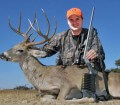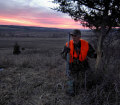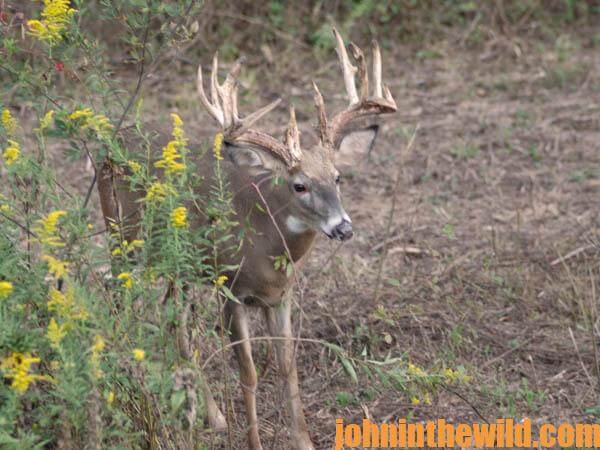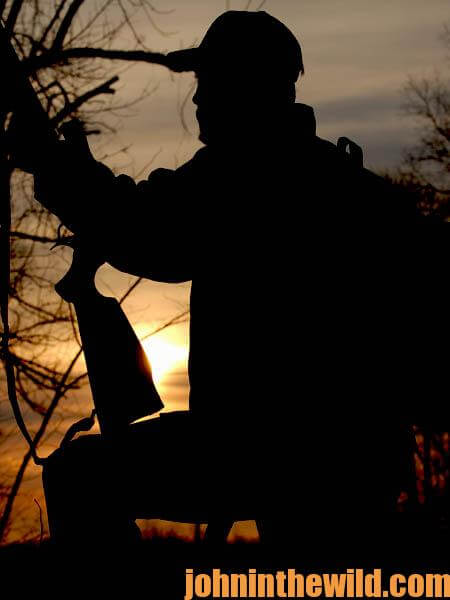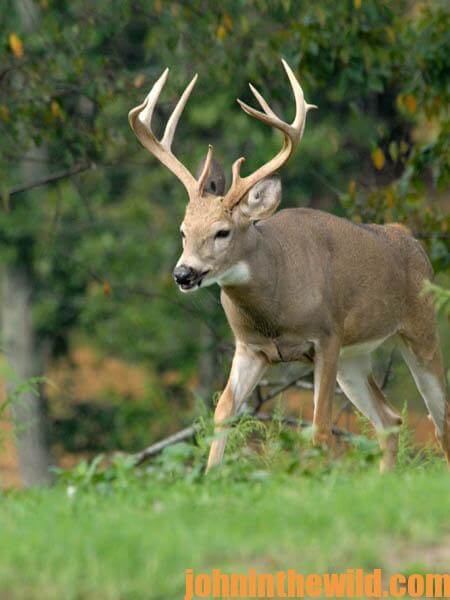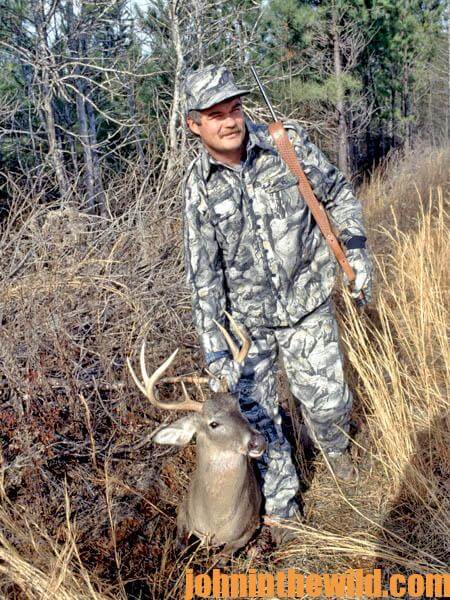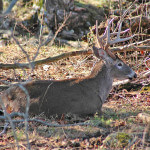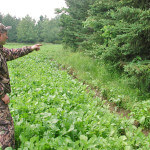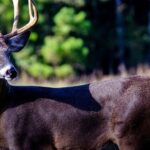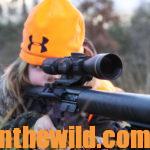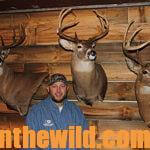John’s Note: Ronnie Groom of Panama City, Florida, has been one of the foremost deer hunters of our day for the past 30 years. Groom, a well-rounded deer hunter, participates in bowhunting, primitive weapon hunting and gun hunting. Groom was consulted for this article, because he hunts deer in several states – on public and private lands – where the hunting pressure is both heavy and light.
So far we’ve learned why deer are nocturnal, and where deer are not nocturnal.
We’ve looked at how to hunt deer in the mornings, the evenings and the middles of the day, but we haven’t actually discussed the hunting techniques that the sportsmen who want to take these phantom deer must employ. As mentioned earlier, being conscious of the wind direction is the most-critical ingredient to take a nocturnal buck. This rule absolutely cannot be broken. Don’t hunt a region where you believe a phantom buck is hiding, if the wind is not in your face. Another factor that most sportsmen don’t consider when they’re hunting nocturnal bucks is when the hunt actually begins. Keep in mind that hunting nocturnal deer involves attempting to bag one of the smartest deer in all of the woods. Since this buck has learned how to dodge the hunters in the woods, he is much smarter than the bucks that die early in the season. To harvest this kind of buck, you must start to hunt when you leave your vehicle and enter the woods. You can’t slam doors, cough, spit or talk. You must be as quiet as if you think the buck is watching you the entire time.
Also make the approach to your hunting site slow and deliberate. In your preparation to hunt this particular deer, besides already pre-determining your stand site, you should know the route you’ll take to that stand. Already have the brush cleared-out along that path ahead of time. Then when you stalk to the stand, your clothes won’t brush up against the foliage and make noise. And, wear soft clothing so that you can move silently. Allow yourself 30-additional minutes than what you estimate will be required to reach the stand. Then you will know that you can approach the stand slowly, quietly and deliberately with plenty of time to spare. Too, at your stand site, the leaves and limbs should be cleared away ahead of time. Then when you sit on the ground, you won’t make any noise. If you’re using a tree stand, either put the tree stand up early in the season or know that you’ll be able to set-up that tree stand silently. Once you climb into your stand before daylight, begin to hunt with your ears, before you hunt with your eyes. Many times if the deer are feeding on acorns, you can hear them popping the nuts before you can see them. If they are traveling through water, you can hear them sloshing. Or, if they are walking through leaves, you can hear them move too. Often you will be able to pinpoint exactly where the deer are, before you even have enough light by which to shoot.
Once you bag your buck and fill your tag for the season, the hunt for next year’s buck starts. Go back into the woods without a gun during hunting season when the hunting pressure is high to locate areas that the nocturnal bucks will go to while they are still utilizing these regions. Many times you will run the bucks out of their sanctuaries as you move in to look for them. But since you’ve already filled your tag, and you’re not going to be able to shoot any more in that region this season, whether or not you spook the bucks doesn’t really matter. Most hunters stop hunting when they fill their tags. Therefore they learn very little about what the deer are doing when the hunting pressure is high after their hunts are over. But if you begin your hunt for next season after you’ve completed your hunt for this season, you’ll be much more likely to find and take big bucks next year.
Hunting is the sport. Bagging a deer is the fulfillment of that sport. I spend many hours after I fill my tag hunting for a place to hunt the following season. Then when I learn that the bucks are becoming nocturnal in certain areas, I know where they must be holed-up. Prior to the opening of the season, I can move into these sanctuary areas I have located at the end of the previous year’s hunting season, set-up stand sites, cut shooting lanes and prepare for a successful hunting season. Then when hunting season arrives, the hunting pressure is high, and the bucks become nocturnal, I’ll be waiting on them.
To get “How to Hunt Deer Up Close: With Bows, Rifles, Muzzleloaders and Crossbows” and “Deer and Fixings” by John E. Phillips click here.
About the Author
John Phillips, winner of the 2012 Homer Circle Fishing Award for outstanding fishing writer by the American Sportfishing Association (AMA) and the Professional Outdoor Media Association (POMA), the 2008 Crossbow Communicator of the year and the 2007 Legendary Communicator chosen for induction into the National Fresh Water Hall of Fame, is a freelance writer (over 6,000 magazine articles for about 100 magazines and several thousand newspaper columns published), magazine editor, photographer for print media as well as industry catalogues (over 25,000 photos published), lecturer, outdoor consultant, marketing consultant, book author and daily internet content provider with an overview of the outdoors. Click here for more information and a list of all the books available from John E. Phillips.

